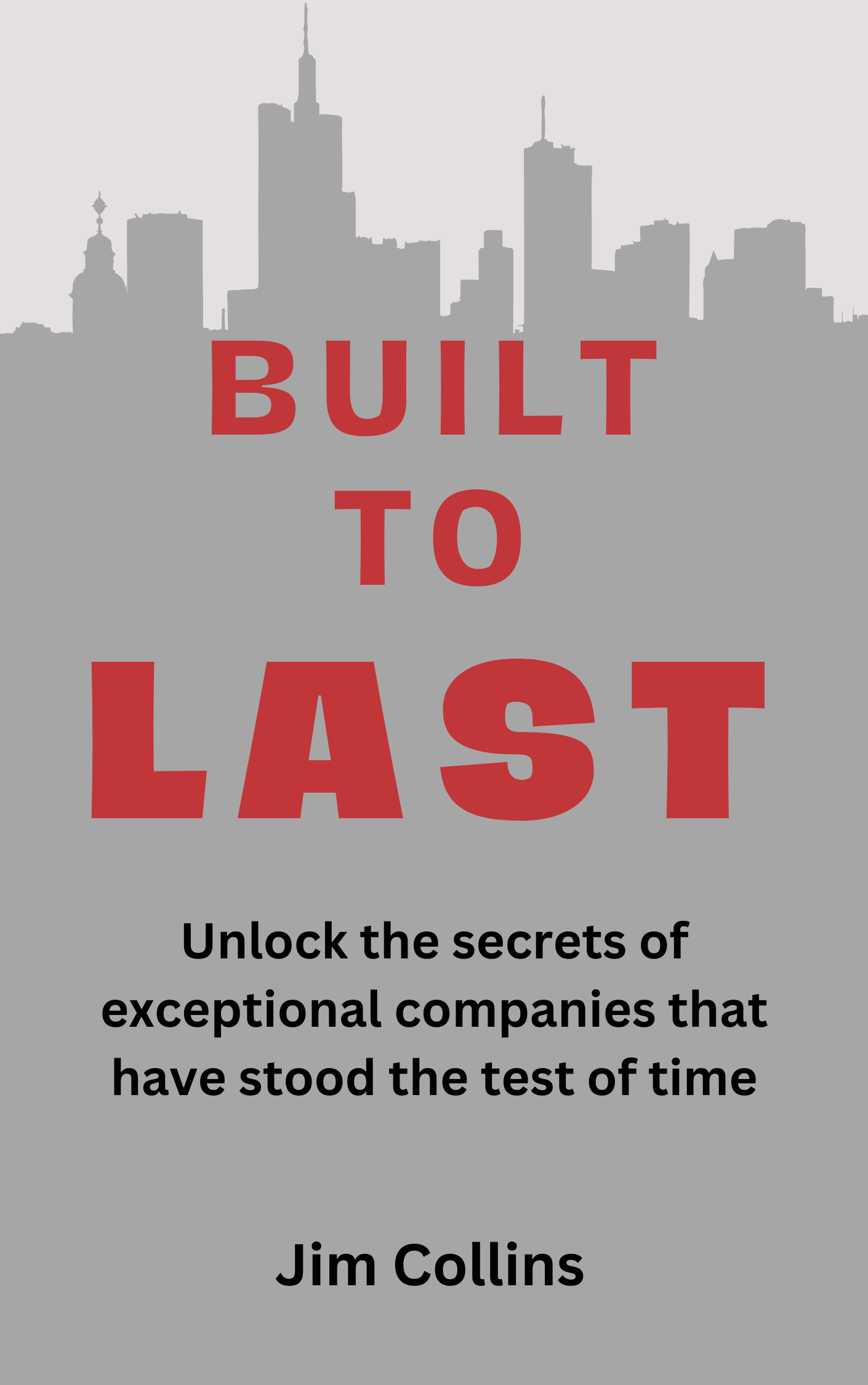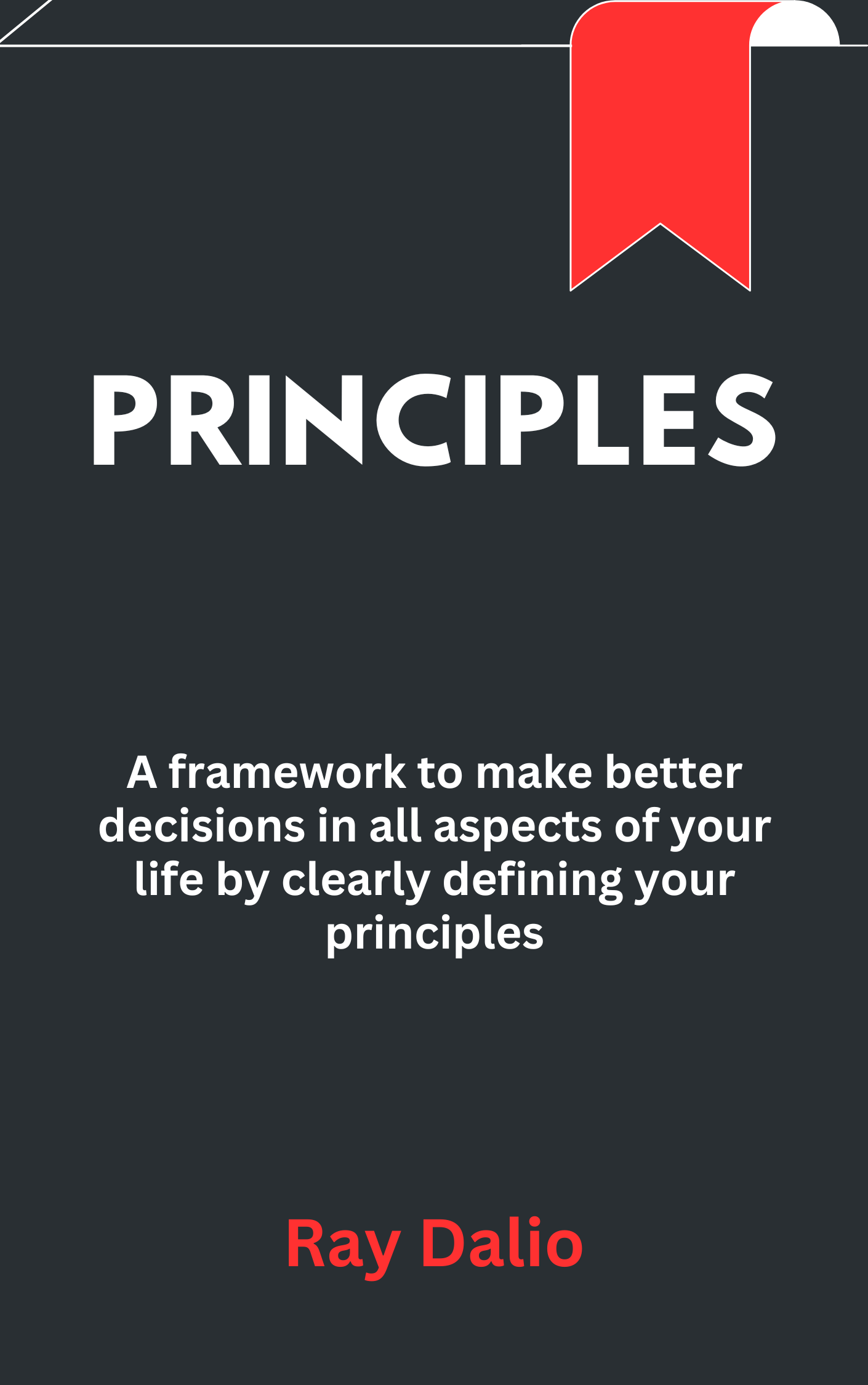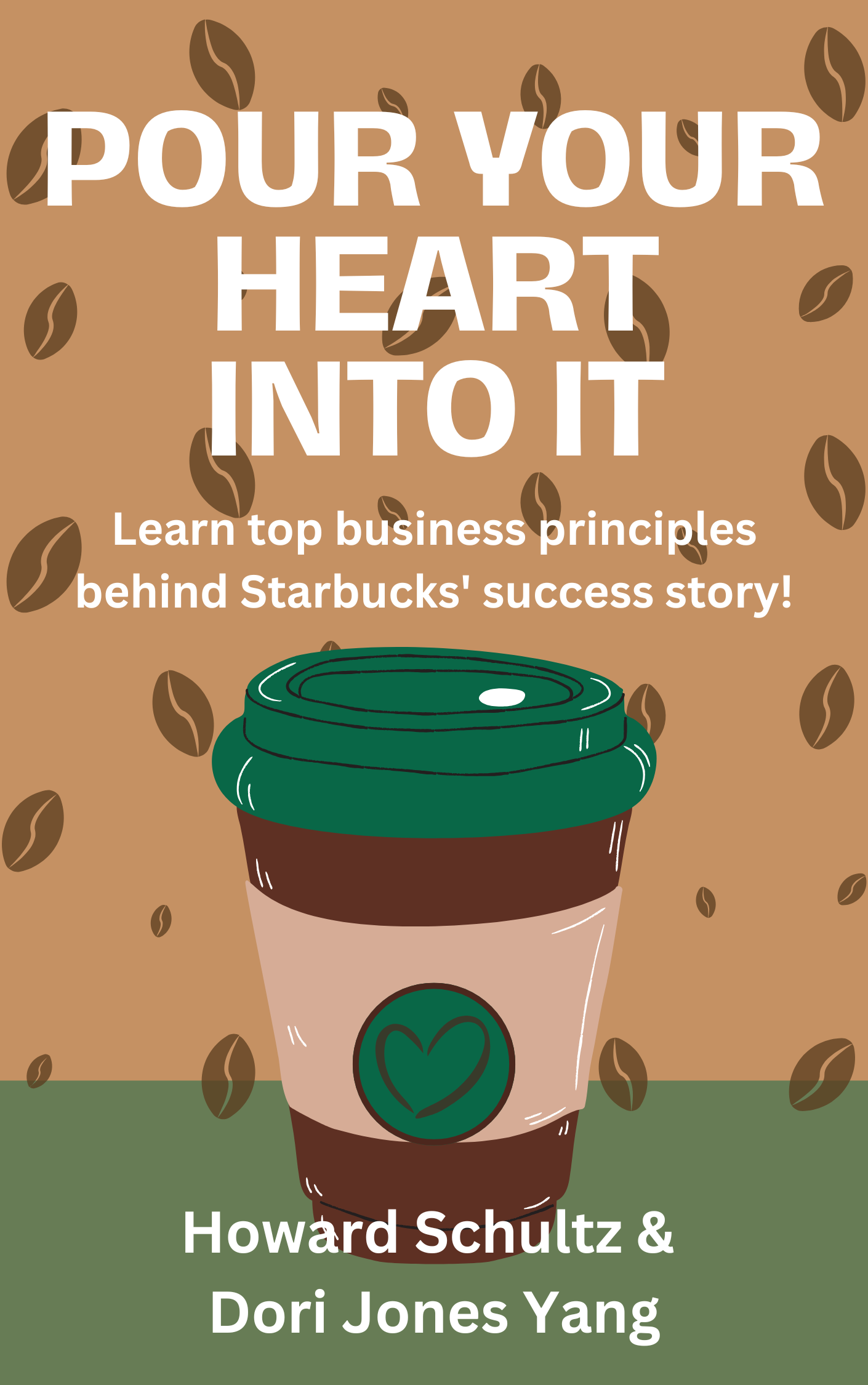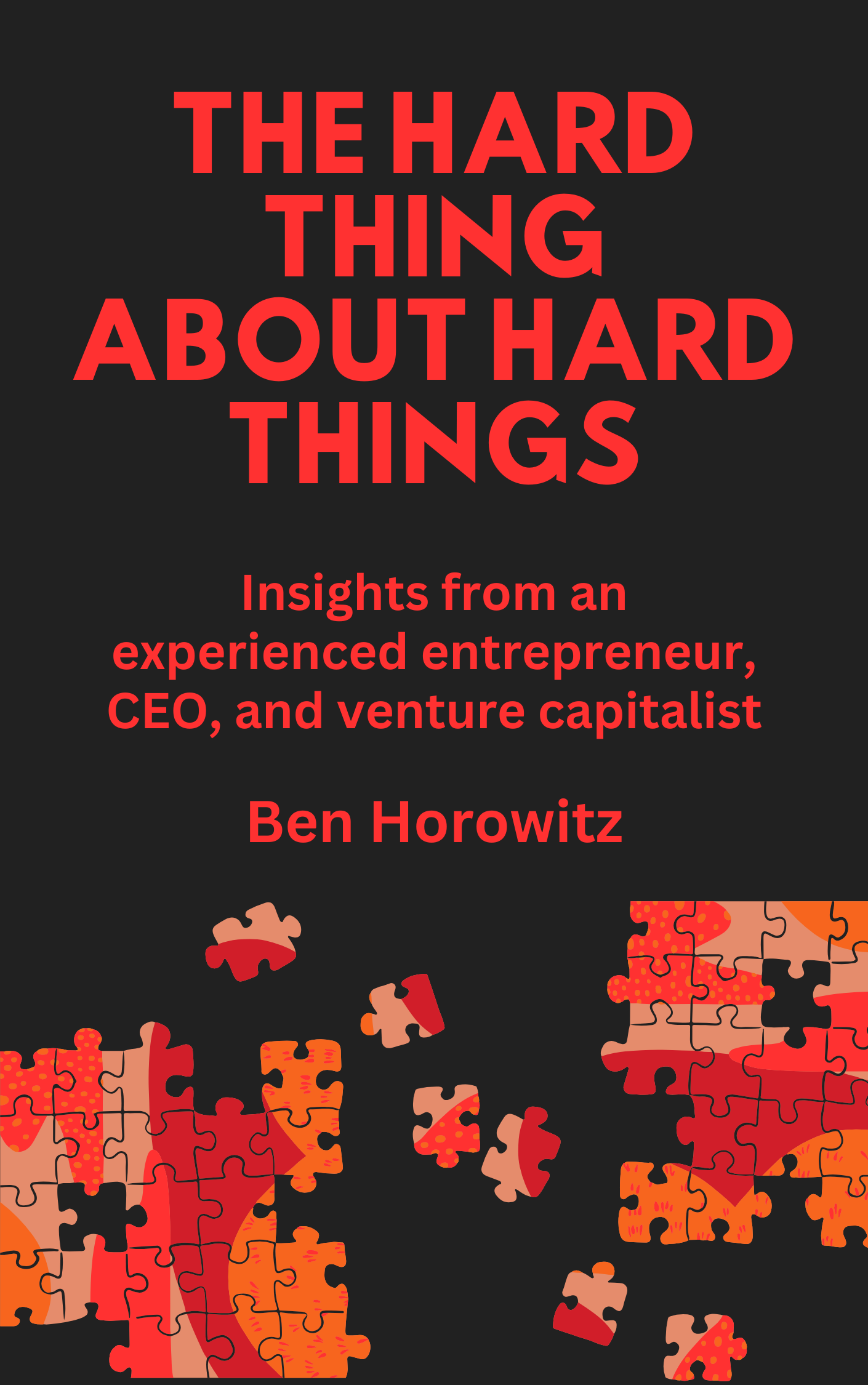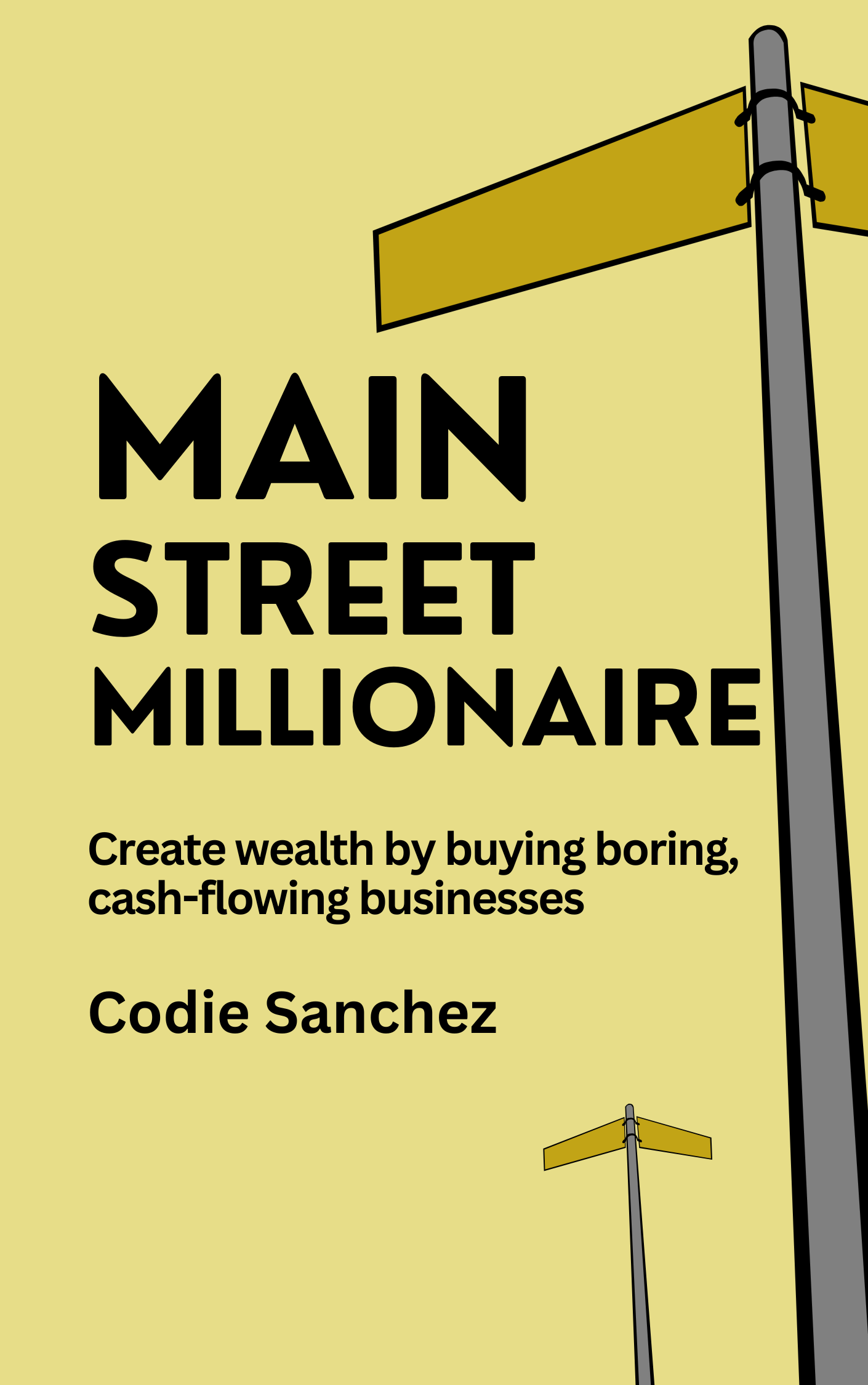Introduction
In an era of disruption and rapid change, where businesses rise and fall with dizzying speed, a select few companies have managed to endure and thrive for generations. What secrets do these venerable organizations hold that have allowed them to weather storms, adapt to shifting landscapes, and maintain their vitality decade after decade?
"Built to Last" goes behind the scenes to study 18 truly exceptional companies that have stood the test of time versus their "comparison companies”, which are companies in the same industry but less successful, to determine what sets the two apart. From their founding visions to their management philosophies, this groundbreaking book dissects the core ideologies and fundamental practices that have fueled the lasting success of these corporate juggernauts. Whether a fresh startup or a century-old institution, the timeless insights uncovered provide a masterclass in constructing an organization built not just to survive, but to prosper for decades and potentially centuries to come. For any leader seeking to imbue their organization with an enduring competitive advantage, "Built to Last" offers a powerful blueprint for building a visionary company designed to last.
If you are curious to know the secrets behind the long-lasting success of these visionary companies, look no further!
Craft Companies that Build Systems & Continuously Innovate
Chase Values, Not Profits
In the cutthroat world of business, it's easy to assume that the relentless pursuit of profit is the primary driver for successful companies. But, visionary companies are a special breed of organizations that buck this trend. These firms have a higher purpose for their existence that goes beyond money!
Take the case of Merck & Company, the renowned pharmaceutical giant. Rather than viewing their purpose as simply generating financial returns, Merck has long been guided by a set of core ideals centered on "preserving and improving human life." This conviction has manifested in bold decisions, such as developing and freely distributing a drug to cure "river blindness" disease, despite the limited profit potential. In contrast, Merck's industry peer Pfizer appears to have taken a more strictly profit-oriented stance.
This begs the question - is it possible for companies to achieve greatness while also upholding noble principles? The Merck example suggests the answer is a resounding yes. Their pragmatic idealism, blending purpose and profit, has arguably fueled their long-term success. They managed to uphold their values AND earned good PR! That's how it's done, people!
Another example: Ford Motor Company was struggling in the early 1980s, losing billions. Instead of just focusing on emergency measures, Ford's leaders took time to clarify the company's core principles and purpose. They decided that people should come before profits. This reflected the ideals of the company's founder, Henry Ford, who had long believed in providing affordable cars and good wages for workers, even if it meant lower profits. Ford was willing to sacrifice some profits to pursue these values.
In contrast, their comparison company, General Motors under Alfred Sloan was more narrowly focused on business performance and pragmatic decision-making, without the same sense of higher purpose. Sloan's approach was successful in running the business efficiently, but it lacked the ideological grounding that Ford displayed, especially in times of crisis. Take note, btw! It's more important for a company to stand true to its core principles when in a tough spot. That's how you become legendary!
That, and the ability to balance these core ideologies with the flexibility to continuously evolve practices and strategies.
Master the Art of Constant Progress
Set CRAZY Goals!
When John F. Kennedy declared that America would land a man on the moon by the end of the 1960s, many thought he was out of his mind. The technical challenges were immense, and the Soviets were dominating the space race. Yet, Kennedy's audacious goal ignited a firestorm of innovation and exploration that culminated in the historic Apollo 11 mission.
Kennedy's moonshot is just one example of how big, hairy, audacious goals or BHAGs (pronounced bee-hags) can transform industries and inspire generations. The momentum of a BHAG can outlast the individual leaders who set it in motion, with the goal continuing to propel the organization forward even as the management team evolves.
In 1934, as the movie industry scoffed at the idea, Walt Disney invested the company's resources into "Disney's Folly" – the creation of Snow White, the world's first successful full-length cartoon. Two decades later, Disney doubled down, taking a leap of faith to build a radical new kind of amusement park: Disneyland. Similarly, retail giant Walmart was propelled by Sam Walton's bold vision. In the 1960s, Walton set a staggering target to reach $125 billion in sales by the year 2000 – an almost unimaginable goal at a time when the world's largest retailer had only reached $30 billion.
What is it about these sky-high objectives that captivate us so? BHAGs have a curious way of taking on a life of their own, driving innovation and progress even after leadership changes. As one goal is achieved, a new, even bolder one often replaces it, keeping the organization aligned with its core mission.
Sure, these objectives may seem unrealistic at first. But that's the point – by setting the bar impossibly high, visionary companies can unlock unprecedented levels of passion, focus, and creativity. It's the difference between incremental growth and transformative change.
BHAGs can do a lot to nurture the core ideology. They help create that cult-like, us-against-the-world company culture, which we'll unpack in the next section.
Their Culture is Very Much like a Cult
You ever notice these visionary companies just seem to have this crazy, die-hard company culture? Their corporate culture is next level – a level so intense it borders on cult-like devotion. They indoctrinate their employees into their core ideology so deeply that it becomes almost impossible to tell where the company ends and the employee begins. You'd think this cult-like commitment breeds mindless drones. Quite the opposite, actually. See, when your employees are confident in the company's ideals and you know they’ll stick to them, you can cut them loose. No more hovering, no more micromanaging - free to experiment and push boundaries. And that’s pretty awesome, because it means they will LOVE their jobs. We don't see that every day!
Take Philip Morris, for example. One board member gushed about the company, saying, "It's like being part of something really special... something you can really be proud of." The passion and dedication; just wow! And make no mistake. The glue holding this cult together isn't the charm of a leader. Only an unwavering dedication to their core beliefs. Probably the one point where it differs from a creepy cult (plus once such a leader leaves, the cult will wither away).
So, this cult feeling! It is carefully cultivated. Nordstrom, for instance, encourages employees to write heroic stories about their colleagues, cementing the "us" mentality. New hires are quickly molded into the "Nordstrom way," with those who don't fit the mold swiftly shown the door, ejected like a virus. Those who fully embrace the ideology are showered with rewards! In fact, they use the term "Nordies" for the employees who have fully bought into the culture. Totally cultish, don't you think? And it's the same for others, too. These visionary firms go to great lengths to ensure their employees not only understand but also deeply internalize the core values and beliefs. The result is a culture that is almost binary - you're either in or you're out. Yikes! Being the best has a price, we'd say. Unsurprisingly, this indoctrination was totally absent from the "comparison" counterparts.
That was about the employees. Let's talk about the Kingpin now, shall we?
Lessons from Legendary CEOs
Like with all other factors, the stories of the leaders of Comparison companies and Visionary companies stand in stark contrast, too. For one, comparison company CEOs were frequently described as near-tyrannical, exerting an iron grip on their organizations and engaging in no succession planning. This "my way or the highway" mentality left gaping holes in leadership when these troublesome CEOs finally departed. The case of Zenith Founder Eugene F. McDonald, Jr. serves as a prime example.
McDonald, a charismatic but volatile leader, had no clear succession plan in place, leaving a void of talent after his unexpected death. We are not exaggerating when we tell you this: McDonald expected all but his closest friends to address him as "Commander." He was more focused on pushing his own inventions and ideas than adapting to changing market demands. In stark contrast, Visionary leaders, like Motorola Founder Paul Galvin, embraced a more inclusive and forward-thinking approach to leadership. Galvin hired top talent and encouraged them to speak up - setting challenges and entrusting them with responsibility. He was obsessed with succession planning! It didn't matter to him that he had to step down. He was driven by a deep concern for the company's future, only!! He urged the company to seek leadership contributions from all people, recognizing the importance of cultivating managerial talent within the organization. They literally had a steady stream of worthy leaders ready to take over.
By fostering a culture of empowerment and succession planning, Visionary companies are able to continuously produce high-quality leaders, not just one-hit wonders. Whenever the CEO finally left, it didn't leave a mess behind from which the company could never regrow its spark! In the business world, this ability to seamlessly transition leadership is a crucial competitive advantage. So, you know what to do!
Moving on. Did you know the scotch tape was originally just an experiment?
Try a Lot of Stuff and Keep What Works
Visionary companies don't just dream big – they buckle up and get to work. These innovators know that progress isn't a straight shot; it's a winding path paved with both hits and misses. But they're not afraid of a few stumbles, because they understand that failure is the price of progress.
Unlike their more cautious counterparts, visionary companies actively encourage their employees to experiment with novel ideas, products, and practices. This cultivates an atmosphere of innovation, where some daring ventures blossom into remarkable successes. And when things don't go as planned? No problem!!
So, some of these visionary companies even give their employees some time off to work on projects they themselves love (aside from their routine work). End result? Innovative masterpieces.
This is a different way of progress, nothing like BHAGs. Instead of charting a straight course toward a lofty target, this experimental progress embraces the power of evolution. It starts small, seizing unexpected opportunities and making minor moves that snowball into major strategic shifts. Just look at American Express – what began as a humble freight business transformed into a financial and travel services king, all through a series of adaptations and entrepreneurial leaps. The full story goes something like this: American Express started as a regional freight express business in 1850. In 1882, they created their own money order service, unexpectedly transforming them into a financial services company. Then, in 1892, the company president's difficulty cashing traveler's letters of credit while on a European trip led to the creation of the American Express Traveler's Cheque. The traveler's cheque business unintentionally provided American Express with a steady "float" of cash, further propelling their growth in financial services. And the climax: despite the company president's directive that American Express would not enter the travel business, an entrepreneurial employee expanded their travel-related services like selling tickets and tours. Over time, these incremental, opportunistic steps evolved American Express into both a financial services and travel services company. AmEx never planned to become a financial services company. Nonetheless, it became one. The top one, at that!
So, if you want to follow in the footsteps of the greats, get comfortable with a little experimentation and evolution.
At this point, we hope you’re getting inspired to take some actual action! Cause without that, what’s the point?
How Visionary Companies Truly Live Their Values: Actual Action
Talk is cheap, but visionary companies put their money where their mouth is. These savvy businesses go beyond just stating values - they incorporate those values into the fabric of their operations through concrete mechanisms that shape how employees live and breathe the company ethos every single day.
One key characteristic of visionary companies is their willingness to invest heavily in creating new technologies, business practices, training human capital, and supporting research and development. Merck modeled this by structuring their labs like academic ones, letting researchers publish findings in academic journals to lure top scientific talent. Similarly, at 3M, employees get to spend 15% of time on passion projects. Rather than just a statement saying that innovation is one of its core values, they took action. This initiative not only tapped into the creative potential of its workforce but also ensured that 30% of the company's sales came from new products, fueling innovation and growth.
Wal-Mart's "Beat Yesterday" ledgers exemplify another concrete mechanism for embedding values. By comparing daily sales to the previous year's figures, the company instilled a culture of constant improvement and growth, instilling a perpetual drive to improve. Hewlett-Packard (HP) took a unique approach with its "pay as you go" policy, which prohibited the company from taking on long-term debt. This mechanism enforced financial discipline and forced HP to fund its 20-plus percent average annual growth and its ongoing 10 percent of sales investment in R&D entirely from within. As a result, the company learned to innovate and bootstrap its way to success. And at Nordstrom, there are no ultimate performance goals - just constant competition. "Sales per hour" rankings measure you against your peers, so you can never kick back. Once you hit a target, the bar immediately resets higher.
Why are we info-dumping? To tell you that ALL visionary companies institutionalize their values through tangible programs, policies, and cultural practices. That turns values from lip service into daily reality for every employee. They don't just espouse ideals about innovation or customer-first thinking. It is walk-the-talk in its purest form!
Chapter 11
Details coming soon.

